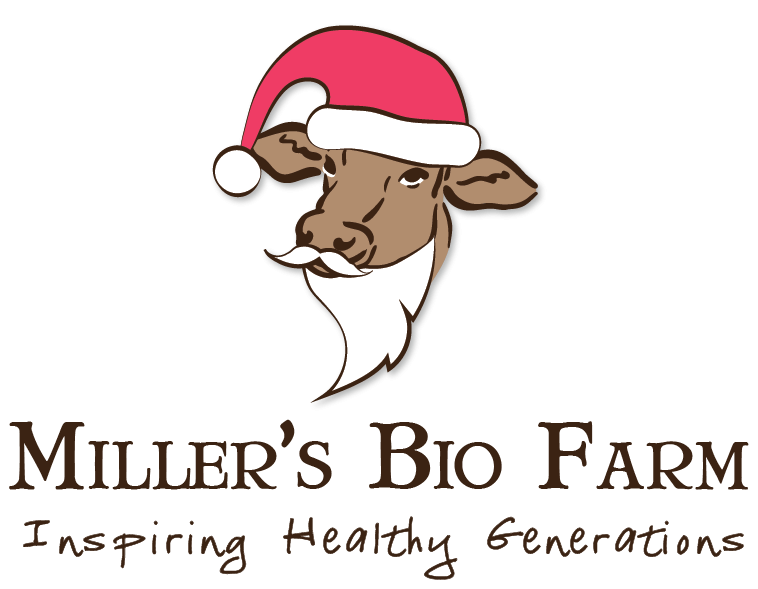100% grass fed and finished beef different from grain fed beef? Yes, it is!
posted on
June 20, 2025

Why grass fed beef?
And, I'm not talking about that silly "grass fed" label in the supermarket, which doesn't necessarily mean what you think (read more on that here). I'm talking about truly pastured, 100% grass fed and finished beef.
Feeding beef cattle 100% grass is the most natural way.
Beef cattle are ruminants. That means they have 4 stomachs are are designed to graze and eat and digest plants... not fully grown seeds like corn and soy and canola or their oils. Eating 100% grass, ideally fresh from the pasture, is how cattle stay in their best health.
When beef are fed grain, it creates a lot of acid in their stomach, lowering the pH. It creates an imbalance in gut microbiology, which can result in some pretty awful health outcomes for the cow (sometimes even death).
And of course, the healthier the animal, the healthier and more nutrient-dense the food it produces.
100% grass fed and finished beef is more nutritious than grain fed beef!
Compared to conventional grain-fed beef, 100% grass fed and finished beef has:
- 3x more Vitamin E
- 2.5x more Vitamin C
- 2-3x more B Vitamins
- 9x more Vitamin B3
- 10x more EPA
- 3x more DHA
- 10x more linolenic acid (alpha/gamma)
- 2-4x more Conjugated Linoleic Acid (CLA)
And, grass fed beef has a much better omega 6/3 ratio, usually less than 3:1. Compare that to conventional beef, which has a ratio more than a 15:1. Wow!
For some reference, humans should be eating a 4:1 omega 6/3 ratio for optimal health. But, the conventional American diet typically provides a 20:1 ratio. Ugh, no wonder Americans are so sick!
Truly pastured, grass fed beef is more flavorful and has a better bite compared to conventional beef.
When beef cattle aren't fed a bland diet of corn and soy and instead eat biodiverse, regenerately managed pasture, the meat has more flavor.
When beef cattle have plenty of room to roam and exercise those muscles, the meat has texture to it. It has a bite.
When some people start eating grass fed beef, they're sometimes put off by the flavor and texture. They might describe it as gamey and tough. But, now that I've been eating grass fed beef for years, it's quite the opposite. Conventional beef is tasteless and boring and mushy.
Do you choose grass fed and finished beef? Why? Is it because it's more humane, more nutritious, better tasting, or a combo of them all?
I'd love to hear from you. Comment below (no account required) or keep it private and contact us 😊
-----
Sources




